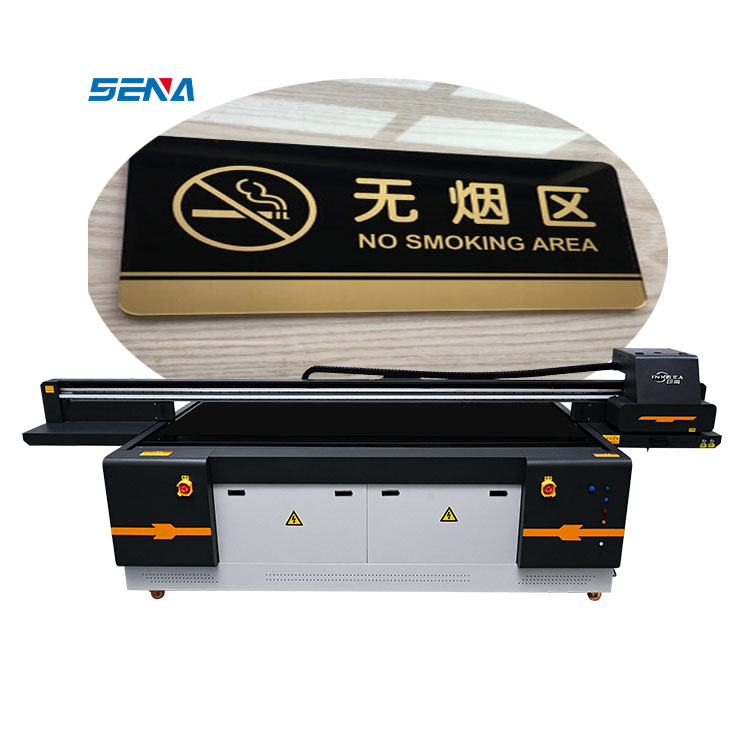How to make the UV flatbed printer print better?
2024-06-26
Improving the print quality of a UV flatbed printer involves several steps, from proper maintenance to optimizing printing settings. Here are some tips to help you achieve better prints:

1. Regular Maintenance
- Clean the Printer: Dust and debris can affect print quality. Regularly clean the printer, including the print heads, bed, and other components.
- Check Ink Levels: Ensure ink cartridges or tanks are adequately filled. Low ink levels can cause poor print quality.
- Inspect Nozzles: Perform regular nozzle checks and clean them if necessary to prevent clogs.
2. Optimize Printing Settings
- Resolution: Use the highest resolution setting available for your printer to get finer details.
- Print Mode: Choose the appropriate print mode for your project. High-quality modes take longer but provide better results.
- Color Profiles: Use the correct ICC color profiles for your media and ink to ensure accurate color reproduction.
3. Media Selection and Preparation
- Quality Media: Use high-quality substrates that are compatible with your UV flatbed printer.
- Surface Preparation: Clean the media surface before printing to remove dust, oil, and other contaminants.
- Media Handling: Handle the media carefully to avoid scratches and damage.
4. Proper Alignment and Calibration
- Bed Alignment: Ensure the printing bed is correctly aligned and leveled to avoid misprints.
- Print Head Calibration: Regularly calibrate the print heads to maintain accurate positioning and avoid banding.
5. Environmental Conditions
- Temperature and Humidity: Maintain a stable environment for your printer. Extreme temperatures and humidity levels can affect print quality.
- Ventilation: Ensure proper ventilation to keep the printer cool and to dissipate any fumes from the inks.
6. Ink and Curing
- Quality Inks: Use high-quality, manufacturer-recommended inks to ensure compatibility and optimal results.
- Proper Curing: Make sure the UV lamps are functioning correctly and curing the ink properly. Inadequate curing can cause smudging and poor adhesion.
7. Software and Firmware Updates
- Latest Software: Use the latest version of the printer’s software and firmware for improved functionality and compatibility.
- RIP Software: Use a reliable RIP (Raster Image Processor) software to manage and optimize your print jobs.
8. Trial and Error
- Test Prints: Always do test prints on similar or spare media to fine-tune your settings before starting the final print job.
- Adjust Parameters: Based on test prints, adjust parameters such as print speed, pass count, and ink density.
9. Operator Training
- Skilled Operators: Ensure that operators are well-trained and familiar with the printer’s operation and maintenance procedures.
- Ongoing Training: Keep up with new techniques and updates from the printer manufacturer.
10. Support and Resources
- Manufacturer Support: Utilize support from the printer manufacturer for troubleshooting and guidance.
- Online Communities: Engage with online forums and communities for tips and advice from other users.
By following these steps, you can enhance the print quality of your UV flatbed printer, ensuring better results and longer-lasting prints.


